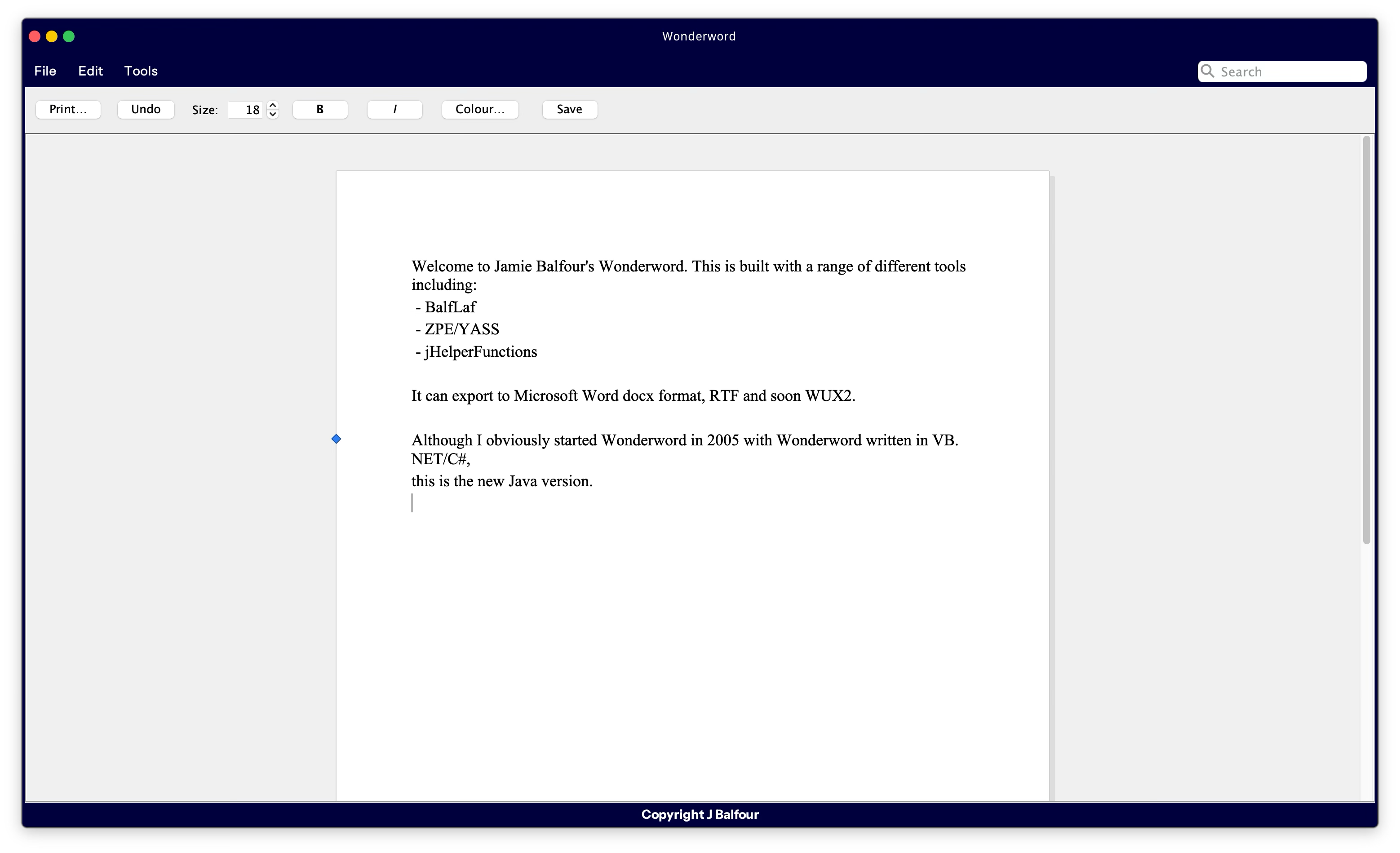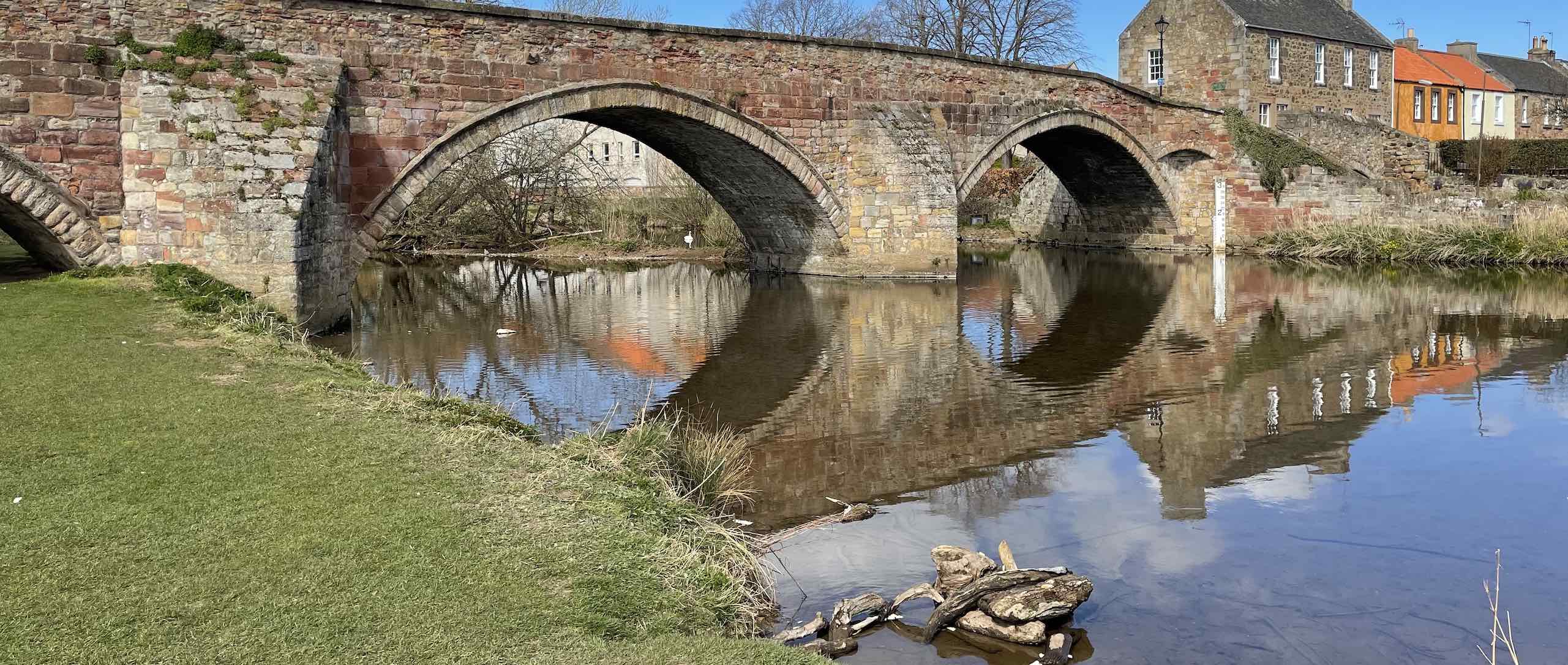Do you remember what you were doing 20 years ago right now? Probably not. But I do remember 20 years ago, at this point, I was learning to program for the first time.
My first project was FusionScape (at the time it was called Doors). It was what I called a Desktop Replacement Interface Program (DRIP). FusionScape was awesome; it was well-received and liked, but it was bloated and challenging to maintain. You see, all of the programs built into it had to be updated at the same time. I then decided to separate FusionScape into separate programs. These programs were:
- Autorun Express
- Data Project (a notebook-like program that was designed for project records)
- Cobweb Internet Browser (a web browser with so much more than Internet Explorer or even Firefox at the time)
- Painter Pro (my bitmap and vector graphics editor, and the longest-lived of all of these programs)
- Quick Quiz
- Record Checker
- Tutorial Master
- Wonderword
- VUEBB
Development on Autorun Express was stopped in 2006 when I decided it didn't need anything more and was pretty complete. Data Project development continued until about 2008 or early 2009. Cobweb was in late 2009. Painter Pro was somewhere in early 2010, but I did pick it up again in 2017 until 2018. Quick Quiz was stopped in 2008. Record Checker was in 2009. Tutorial Master was also in 2008. Wonderword was in early 2009, and VUEBB was in late 2008.
Painter Pro was, by quite a long shot the longest lived of them all. Cobweb received updates for a long time, too, but Painter Pro was my baby. It was powerful and had so many features that no other editors had back then.
All of my software back then was powered by Balfour's Business Class Library, a class library of tools and features for the .NET platform. It featured controls like Painter Pro's drawing platform, Wonderword's rich-text editor, and Cobweb's Yorkshire Hill browser, which was an extended version of the Trident engine. It actually meant that the software itself, like Painter Pro, was just a graphical extension of the class library, providing access to its features. It was a powerful way to enable direct interoperability between the software. For example, Wonderword could use Painter Pro's drawing features, and Painter Pro could use the Cobweb Yorkshire Hill browser when necessary.
Wonderword, as feature-rich as it was, never reached the point I wanted it to. I'd always dreamed of writing a page control that had proper pages like in Microsoft Word. That never happened and was the main reason Wonderword development stopped in 2009.
Wonderword was always my dream. I always wanted to make it into a full-on word processor. It featured so many things that weren't really even in existence back then, and the bookmarking system was absolutely brilliant.
Now...
And, after all these years, I'm finally revisiting Wonderword. However, as my ZPE Programming Environment, eTraxion, BalfLaf, and more are now written in Java, it's time for me to bring Wonderword to Java with a new philosophy.
I am exceedingly proud to announce that for the last two days, I have been redeveloping Wonderword from the ground up in Java. The paged view was built with the help of AI to speed up development. I will be bringing so much more to Wonderword over the next few weeks, but for now, it's got all that you'd expect from a simple word processor, including the ability to save in DOCX format and text formatting and bookmarks.
My plan is this: make it more useful than before, whilst making it fully interoperable with other software and file formats. I'm also looking at bringing the WUX2 file format to it, which will be based on the same concept: a broad file format with 'Data Channels'. The following is a list of features I aim to bring to it over the next few weeks:
- Opening of DOCX files
- Macros written in YASS
- More formatting options
- Named bookmarks
- Headers and footers
- Locked view (set by the file itself)
- WUX2
- Tables
- AI dictation mode
- Printing support
- Image support
- Shapes
- Built-in Pixabay embedding
- Links
- Styles
- Page breaks
- Mail merging
- Converting to HTML
Here's a little screenshot of it after a day's development:



